ECB Governing Council member Francois Villeroy de Galhau said in a Bank of France conference, “let me stress this: we will carefully monitor developments in the effective exchange rate, as a significant driver of imported inflation”. He added, “a euro that is too weak would go against our price stability objective.”
Villeroy said a “decisive” governing council meeting would be expected in June, followed by an “active summer” on policy. “The pace of the further steps will take into account actual activity and inflation data with some optionality and gradualism,” he said. Policymakers should “at least move towards the neutral rate”, he added.




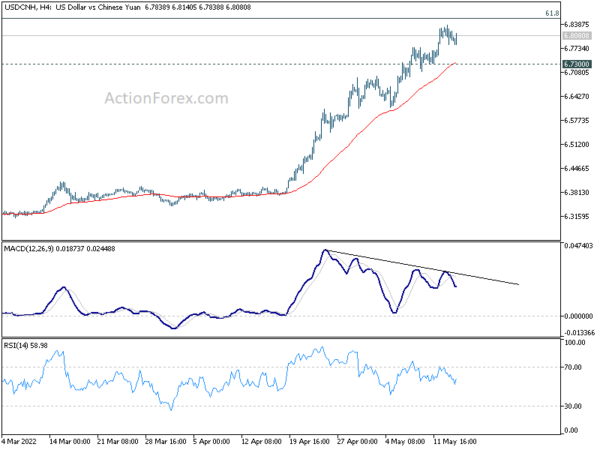
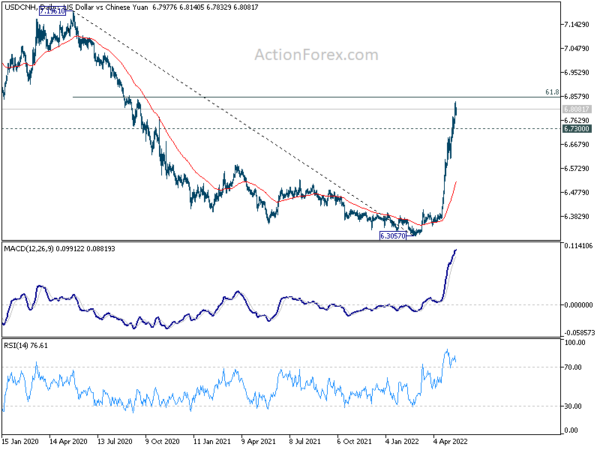
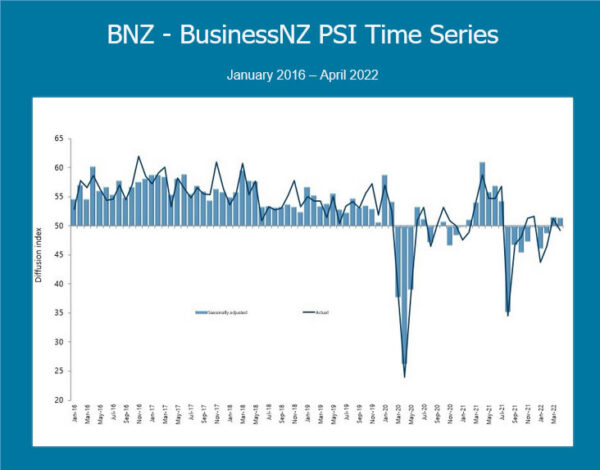
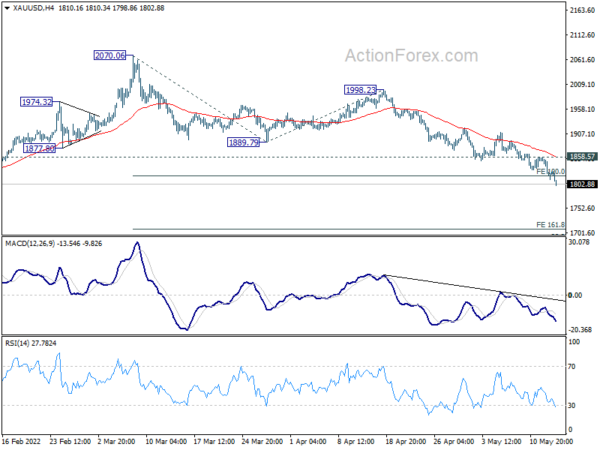
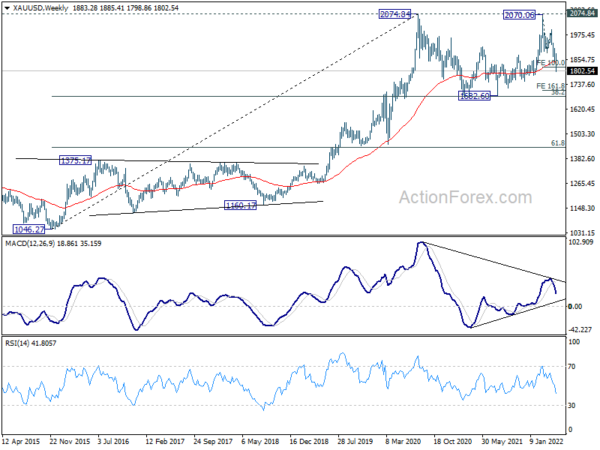
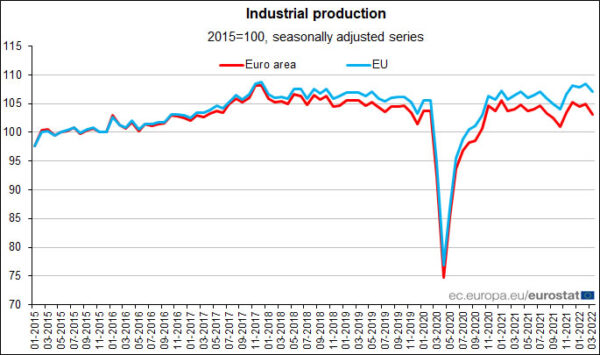
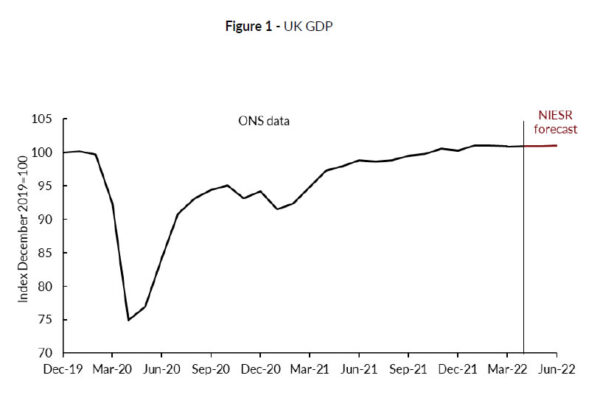
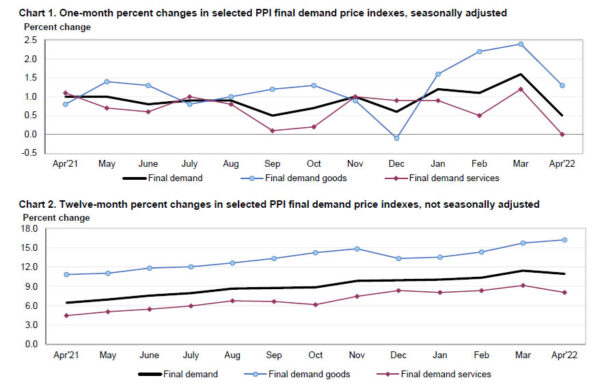
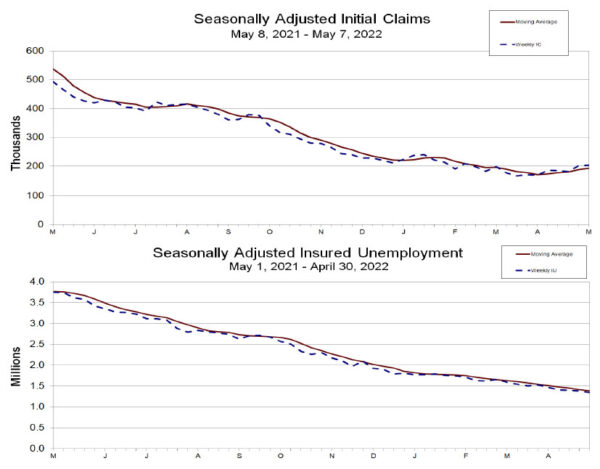
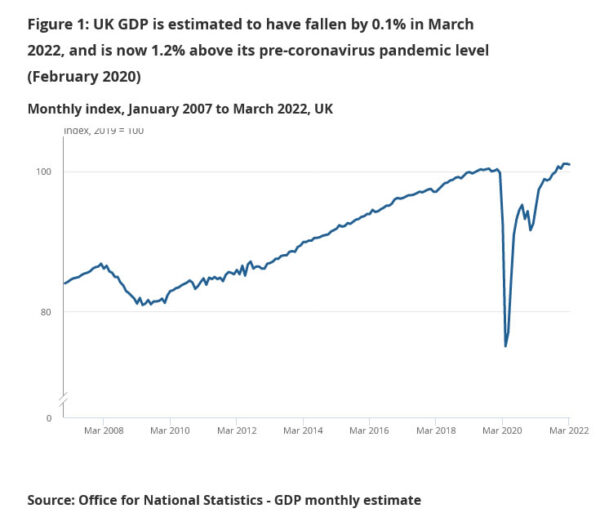
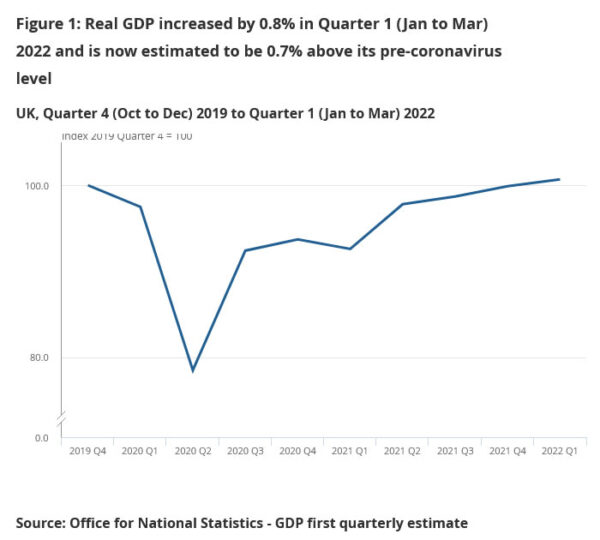

Eurozone exports rose 14.0% yoy in Mar, imports rose 35.4% yoy
Eurozone exports of goods rose 14.0% yoy to EUR 250.1B in March. Imports rose 35.4% yoy to EUR 266.5B. Trade deficit came in at EUR 16.4B. Intra-Eurozone trade rose 21.2% yoy to EUR 236.8B.
In seasonally adjusted terms, Eurozone exports rose 0.9% mom to EUR 225.3B. Imports rose 3.5% mom to EUR 242.8B. Trade deficit widened from EUR -11.3B to EUR -17.6B, versus expectation of EUR 2.3B surplus. Intra-Eurozone trade rose from February’s EUR 207.2B to EUR 210.3B.
Full release here.